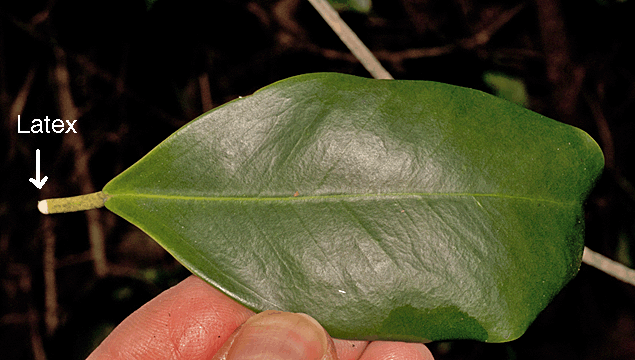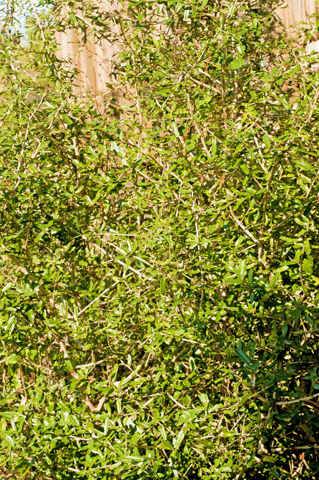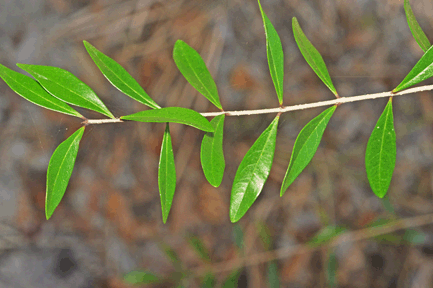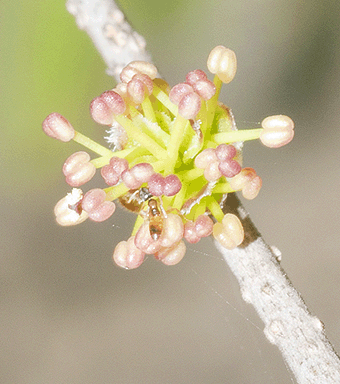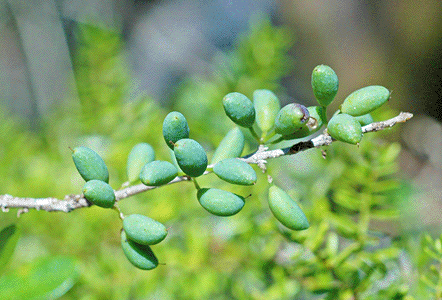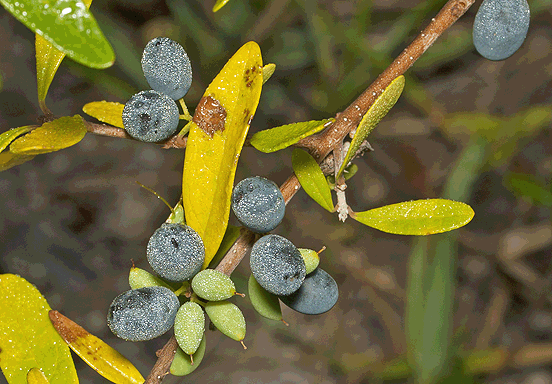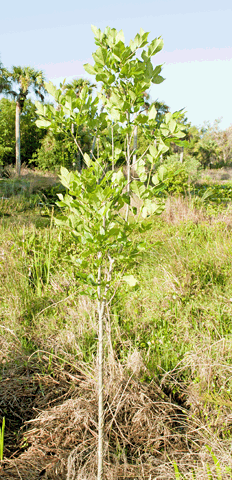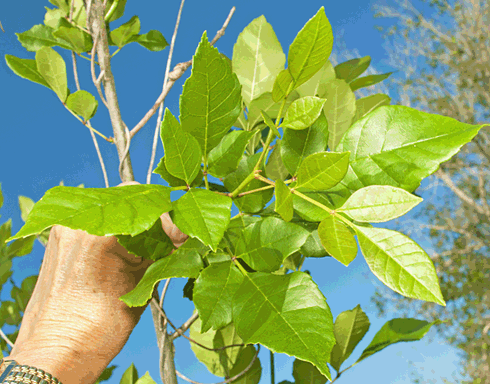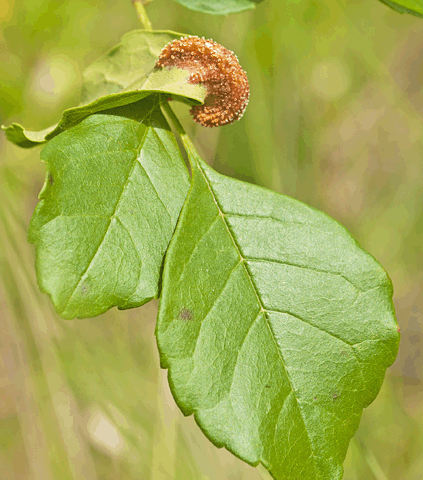Delonix regia thru Fraxinus caroliniana
Species Name |
Common Name |
Dactyloctenium aegyptium |
|
Delonix regia |
|
Desmodium incanum |
|
Diodia virginiana |
|
Dioscorea bulbifera |
|
Eclipta prostrata |
|
Eleocharis equisetoides |
|
Elephantopus elatus |
|
Emilia fosbergii |
|
Emilia sonchifolia |
|
Eragrostis elliotti |
|
Eragrostis spectabilis |
|
Eremochioa ophiurides |
|
Eriobotrya japonica |
|
Ernodea littoralis |
|
Eugenia axillaris |
|
Eupatorium capillifolium |
|
Ficus aurea |
|
Forestiera segregata |
|
Fraxinus caroliniana |
Dactyloctenium aegyptium Egyptian Grass / Durban Crowfootgrass
|
Delonix regia Royal Poinciana
|
Desmodium incanum Ticktrefoil/ Beggar Ticks
|
Diodia virginiana Virginia Buttonweed / Poor Joe
|
Dioscorea bulbifera Air Potato
|
Eclipta prostrata False Daisy / Yerba de Tago
|
Eleocharis equisetoides Horsetail Spike Rush
|
Elephantopus elatus Tall Elephant's Foot
|
Emilia fosbergii Red Tasselflower
|
|
Eragrostis elliotti Elliott's Lovegrass
|
Eragrostis spectabilis Purple Lovegrass
|
Eremochloa ophiurides Centipedegrass
|
Eriobotrya japonica Loquat / Japanese Plum
|
Ernodea littoralis Golden Creeper/Beach Creeper
|
Eugenia axillaris White Stopper
|
Eupatorium capillifolium Dog Fennel
|
Forestiera segregata
|
Fraxinus caroliniana Pop Ash
|
© Photographs and text by Susan Leach Snyder (Conservancy of Southwest Florida Volunteer), unless otherwise credited above.

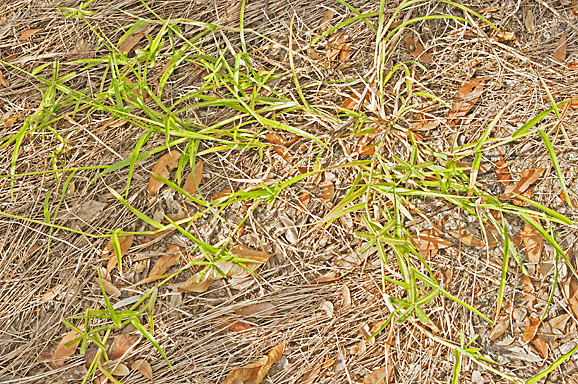 This grass is an annual member of Family Poaceae. It is not native; it originated in Africa.
This grass is an annual member of Family Poaceae. It is not native; it originated in Africa. 
 As shown in the third and fourth photographs, a seed head looks like a crow’s foot. Seeds are white or brown and 1 mm long.
As shown in the third and fourth photographs, a seed head looks like a crow’s foot. Seeds are white or brown and 1 mm long. 
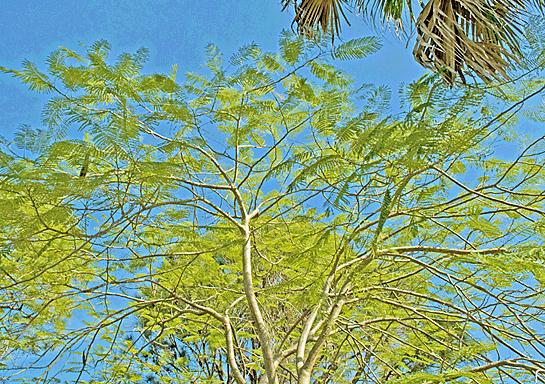
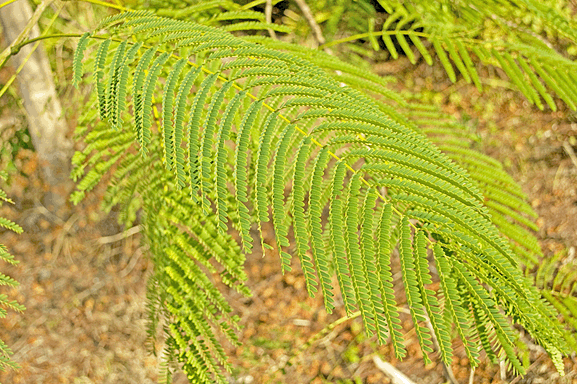
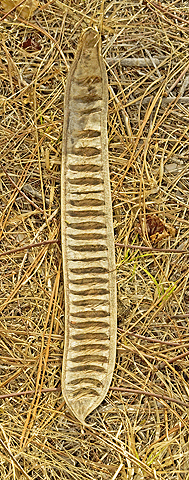
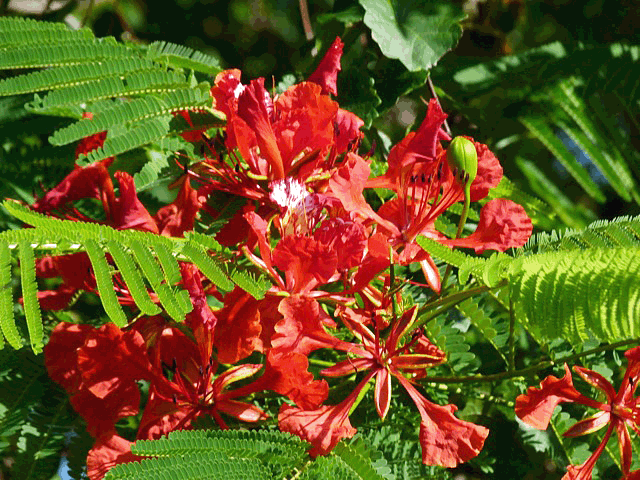

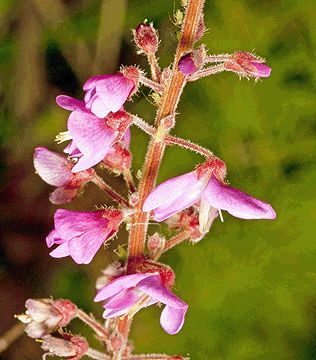
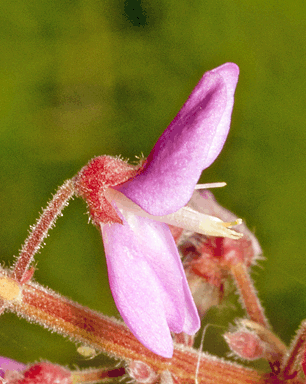
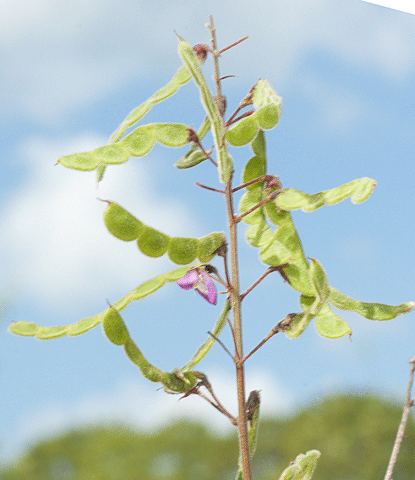
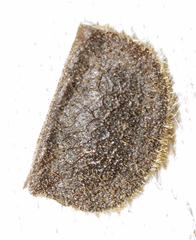
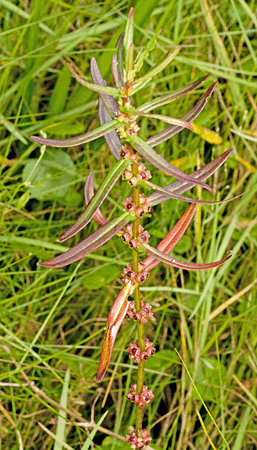
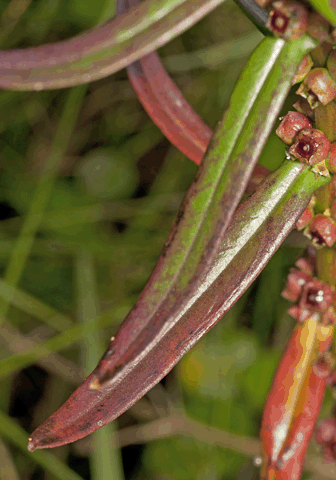
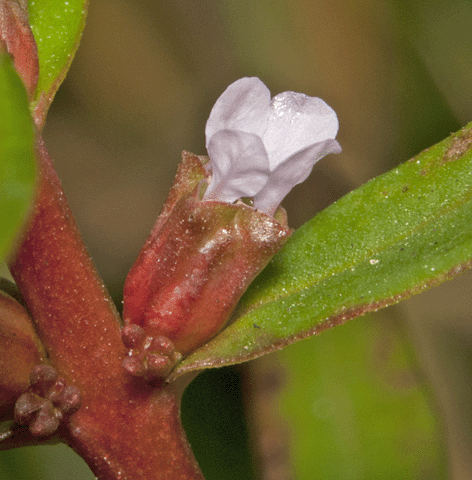
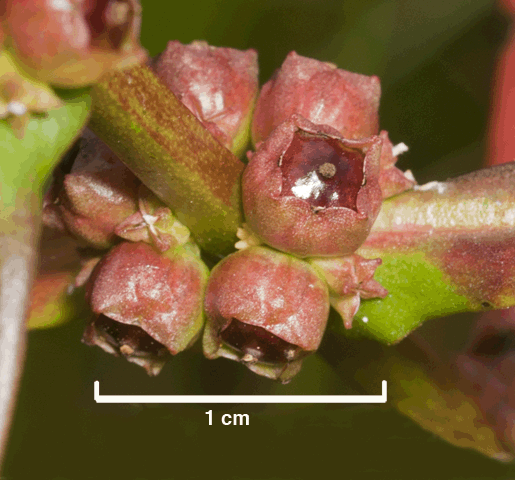
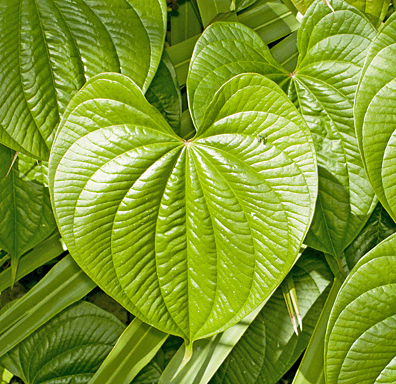
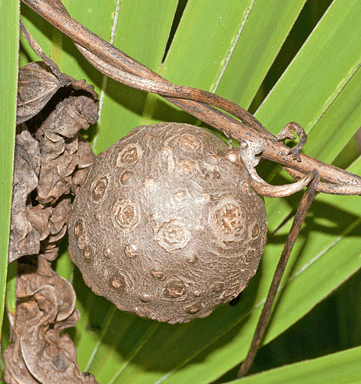
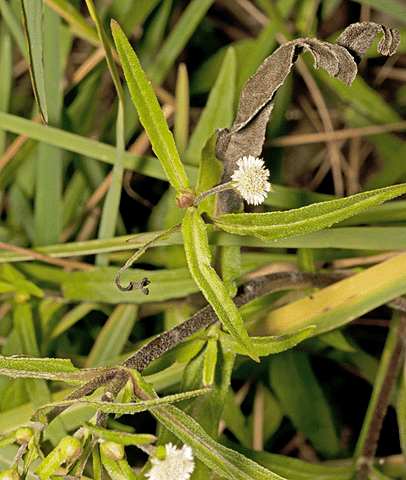
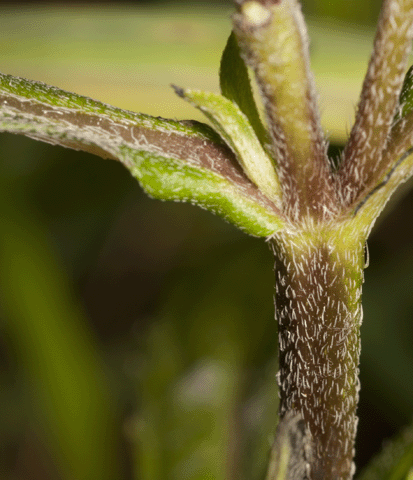 As shown in the first photograph, leaves are narrow, linear and pointed. As shown in the second photograph, both leaves and the reddish stems are covered with short, stiff hairs. Roots are cylindrical and gray.
As shown in the first photograph, leaves are narrow, linear and pointed. As shown in the second photograph, both leaves and the reddish stems are covered with short, stiff hairs. Roots are cylindrical and gray.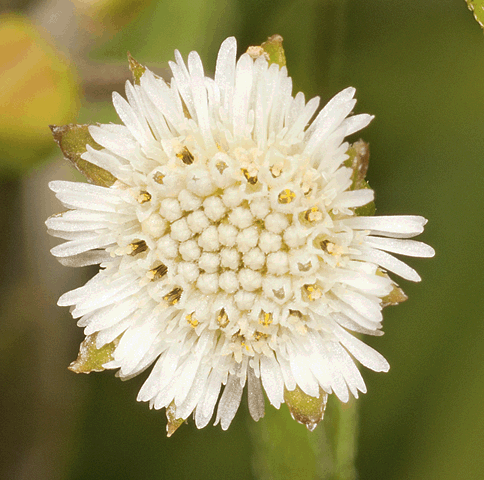
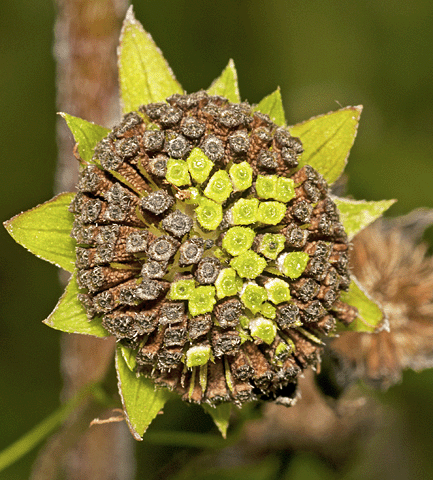
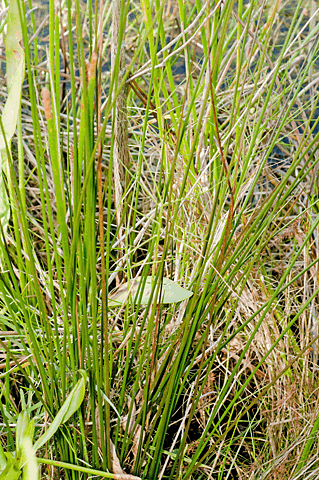
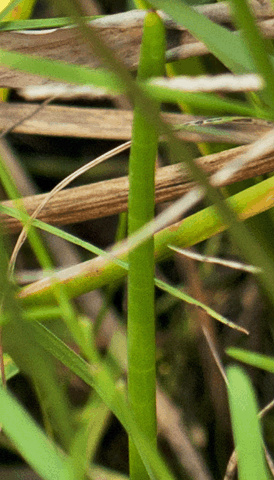
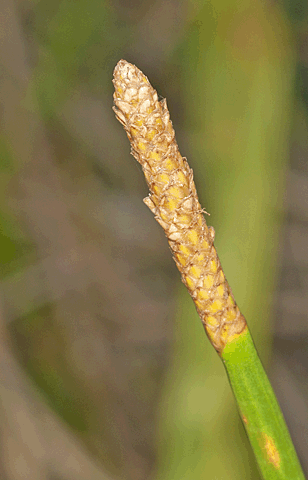
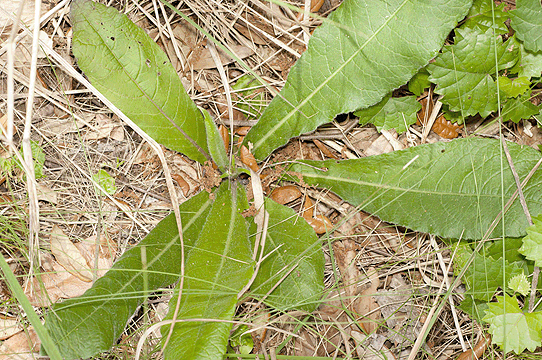


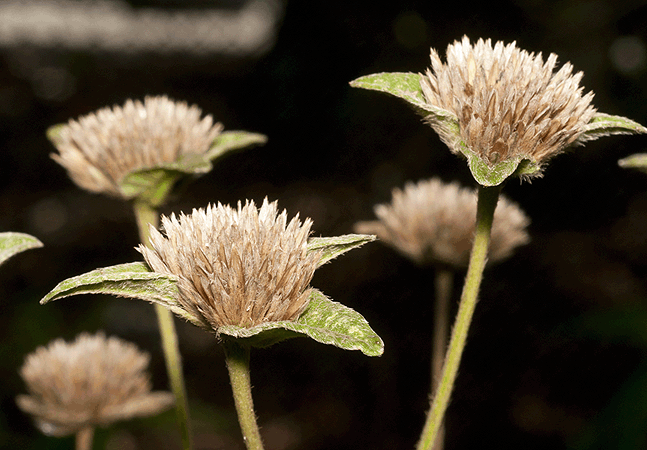
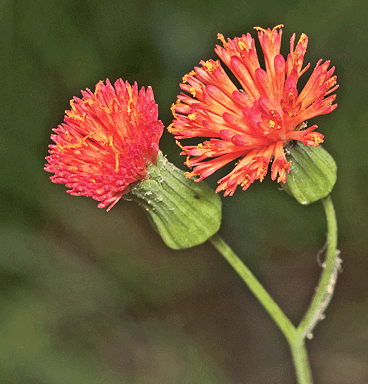
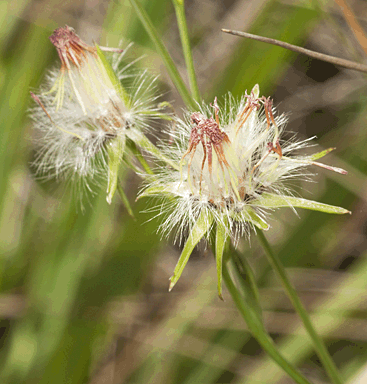

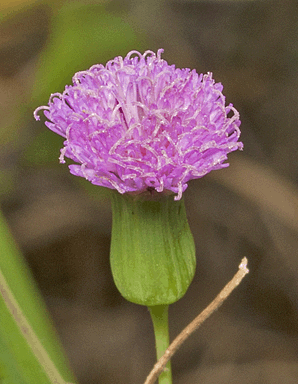
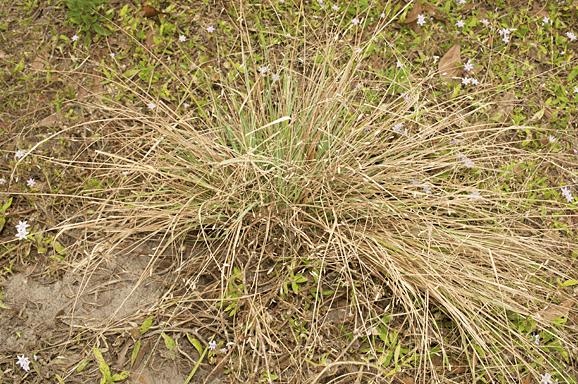
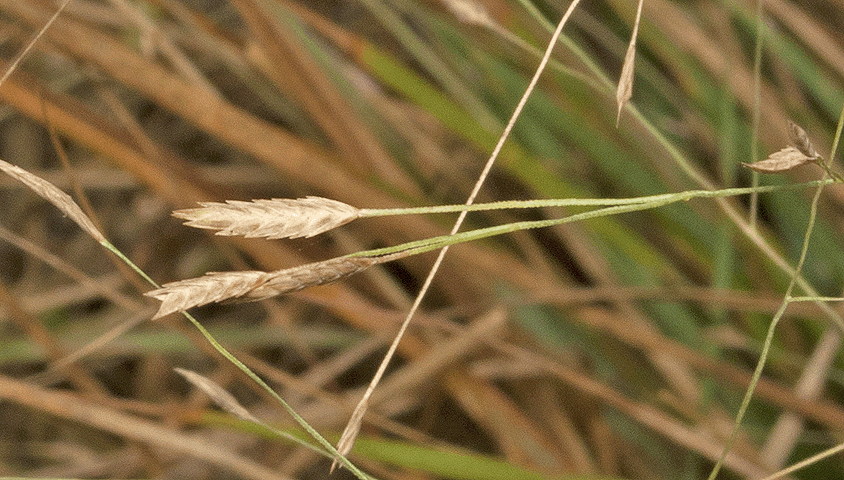
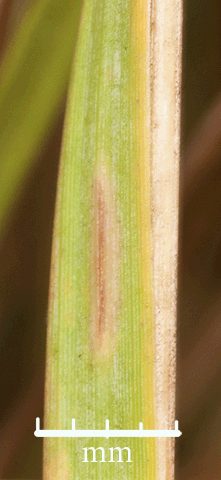
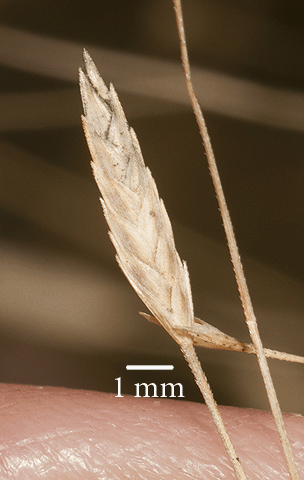
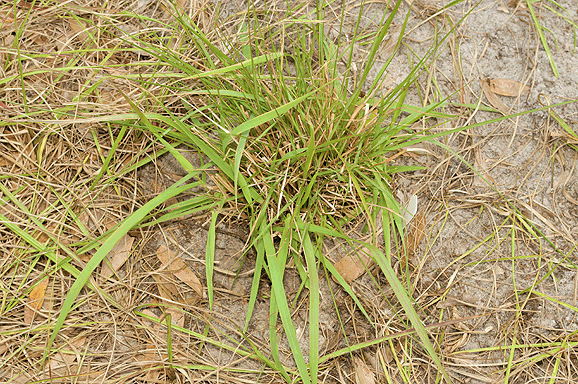
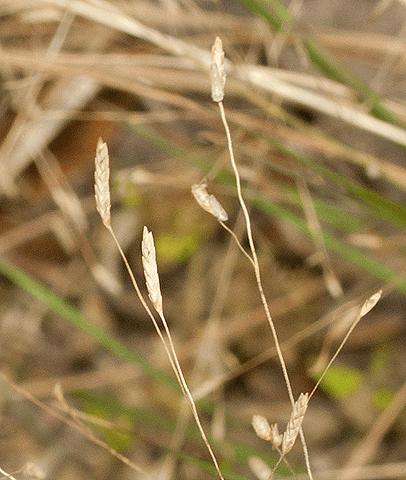
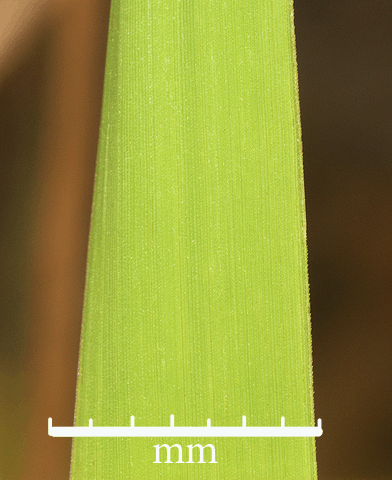
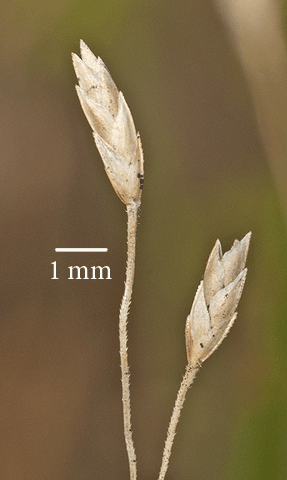
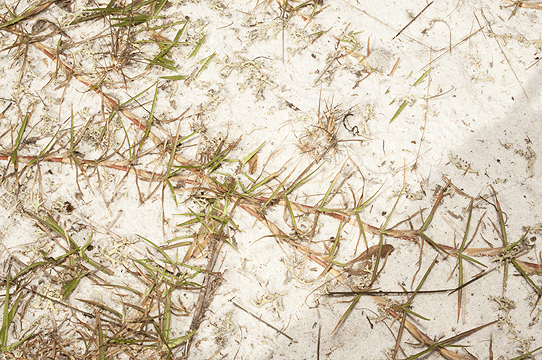
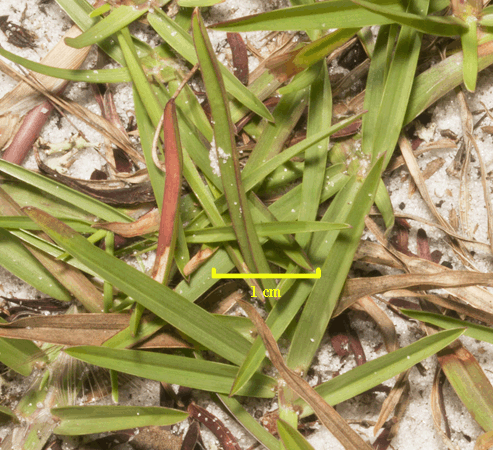

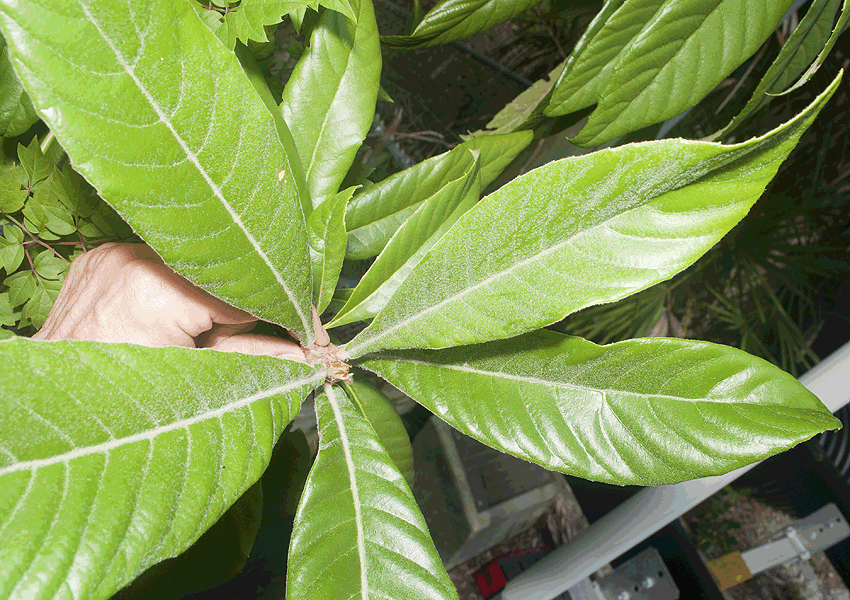
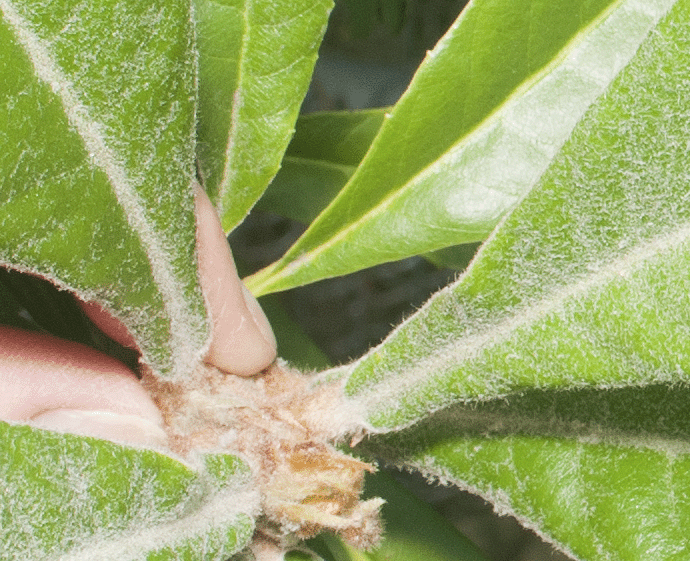 Loquat is a tree, native to southeastern and central China. It has been cultivated in Asia for at least 1000 years and was introduced to the United States before 1879 and to Florida before 1887.
Loquat is a tree, native to southeastern and central China. It has been cultivated in Asia for at least 1000 years and was introduced to the United States before 1879 and to Florida before 1887. 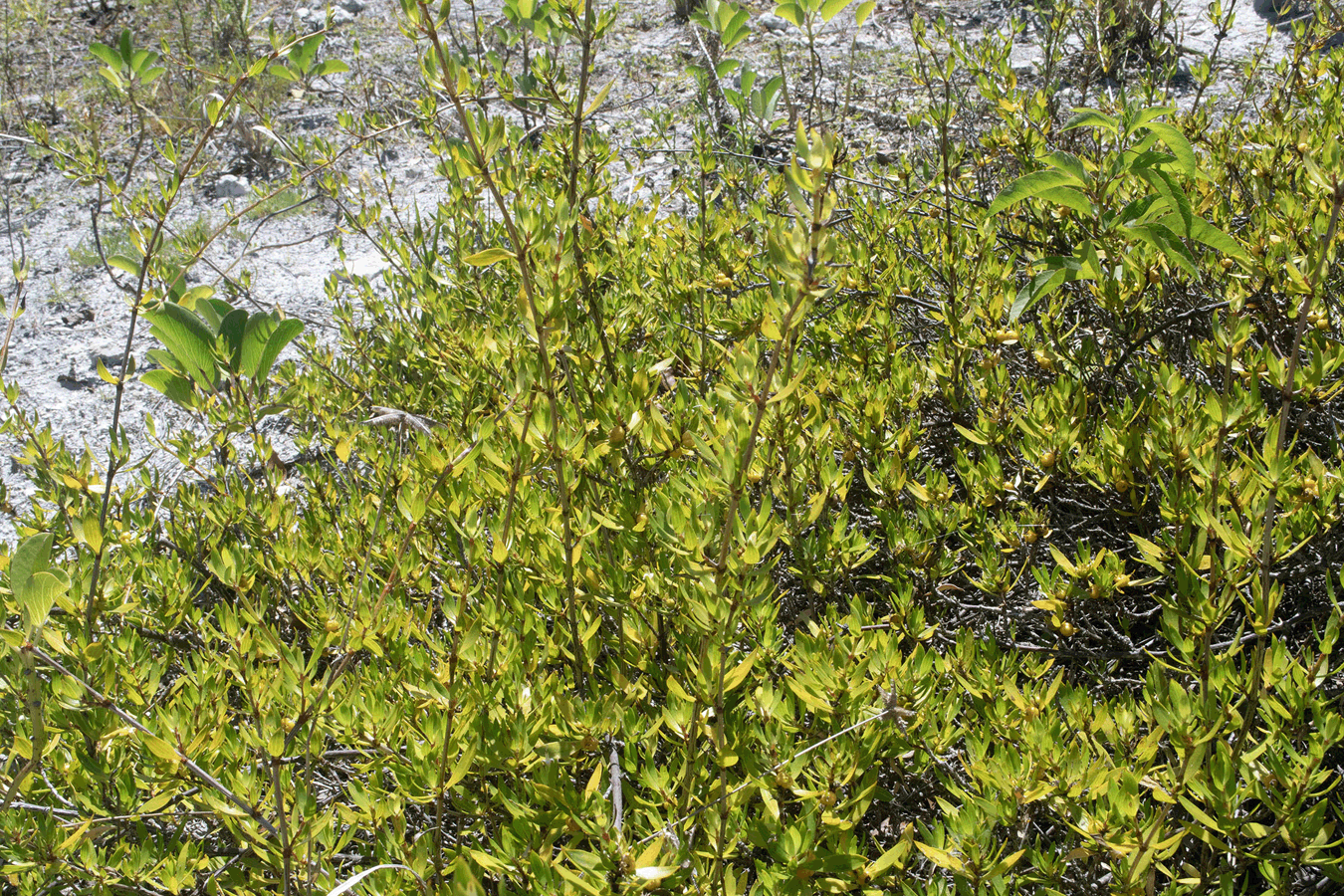
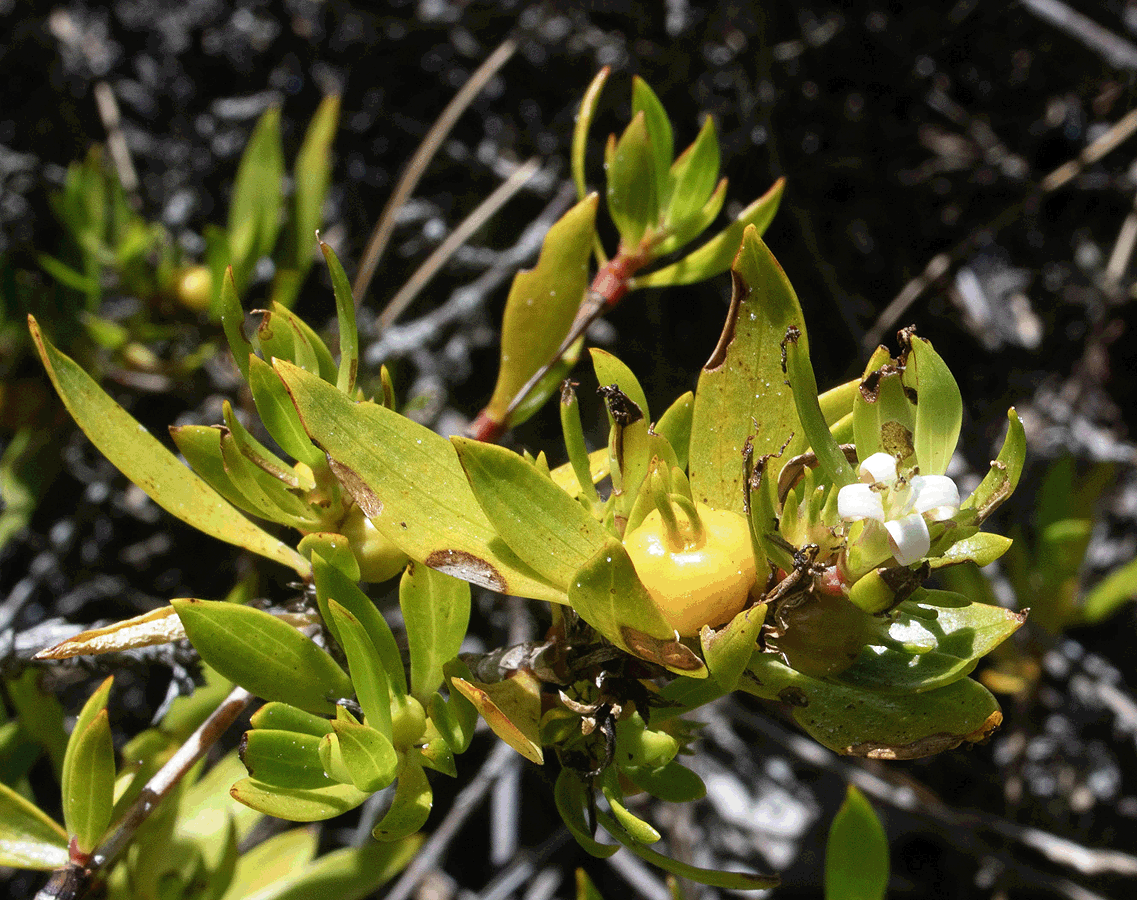
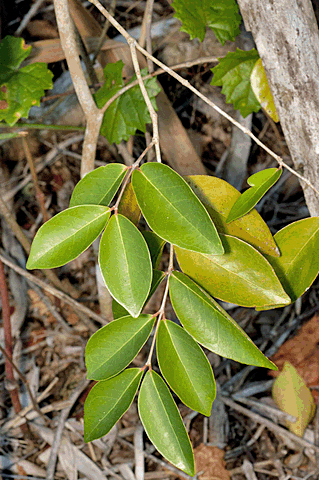 White stopper is a native, evergreen tree that belongs to Family Myrtaceae (The Myrtle Family). It is a small tree or large shrub that grows 4.6 m to 7.6 m in height, and typically grows in sandy coastal areas. The common name "white" comes from the color of its mottled white bark.
White stopper is a native, evergreen tree that belongs to Family Myrtaceae (The Myrtle Family). It is a small tree or large shrub that grows 4.6 m to 7.6 m in height, and typically grows in sandy coastal areas. The common name "white" comes from the color of its mottled white bark.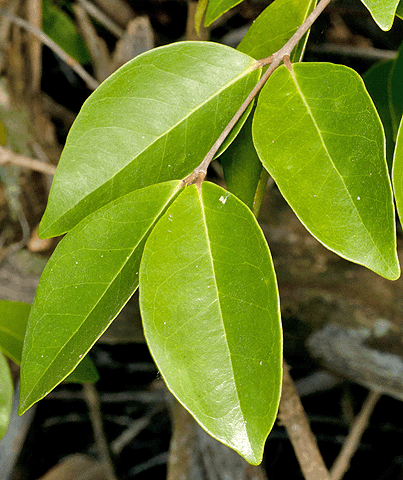 Leaves are opposite; the tree can be recognized from its two, pointed, terminal leaves. New leaves begin bright red, and turn green in several weeks.
Leaves are opposite; the tree can be recognized from its two, pointed, terminal leaves. New leaves begin bright red, and turn green in several weeks. 
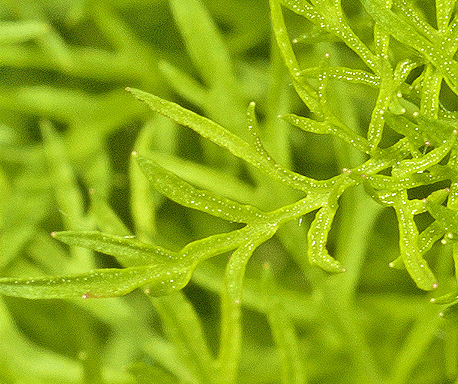 Eupatorium capillifolium is a native, perennial, herbaceous plant in the family Asteraceae. It grows up to 2 meters tall, has several forked, erect stems extending from its thick, woody base, and thin and threadlike leaves.
Eupatorium capillifolium is a native, perennial, herbaceous plant in the family Asteraceae. It grows up to 2 meters tall, has several forked, erect stems extending from its thick, woody base, and thin and threadlike leaves. 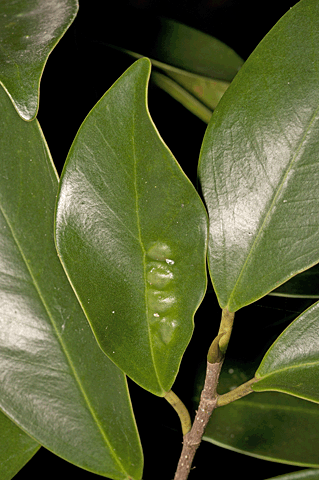
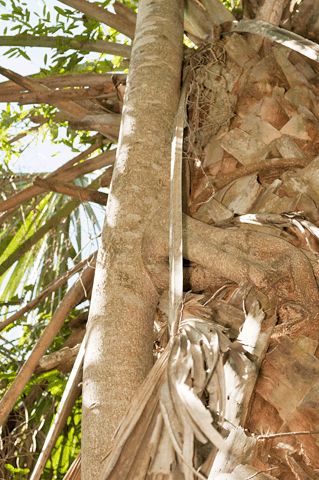
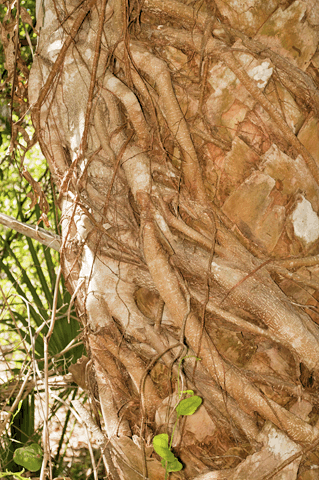 Eventually, the host tree may die and the fig tree will become a free-standing tree.
Eventually, the host tree may die and the fig tree will become a free-standing tree. 